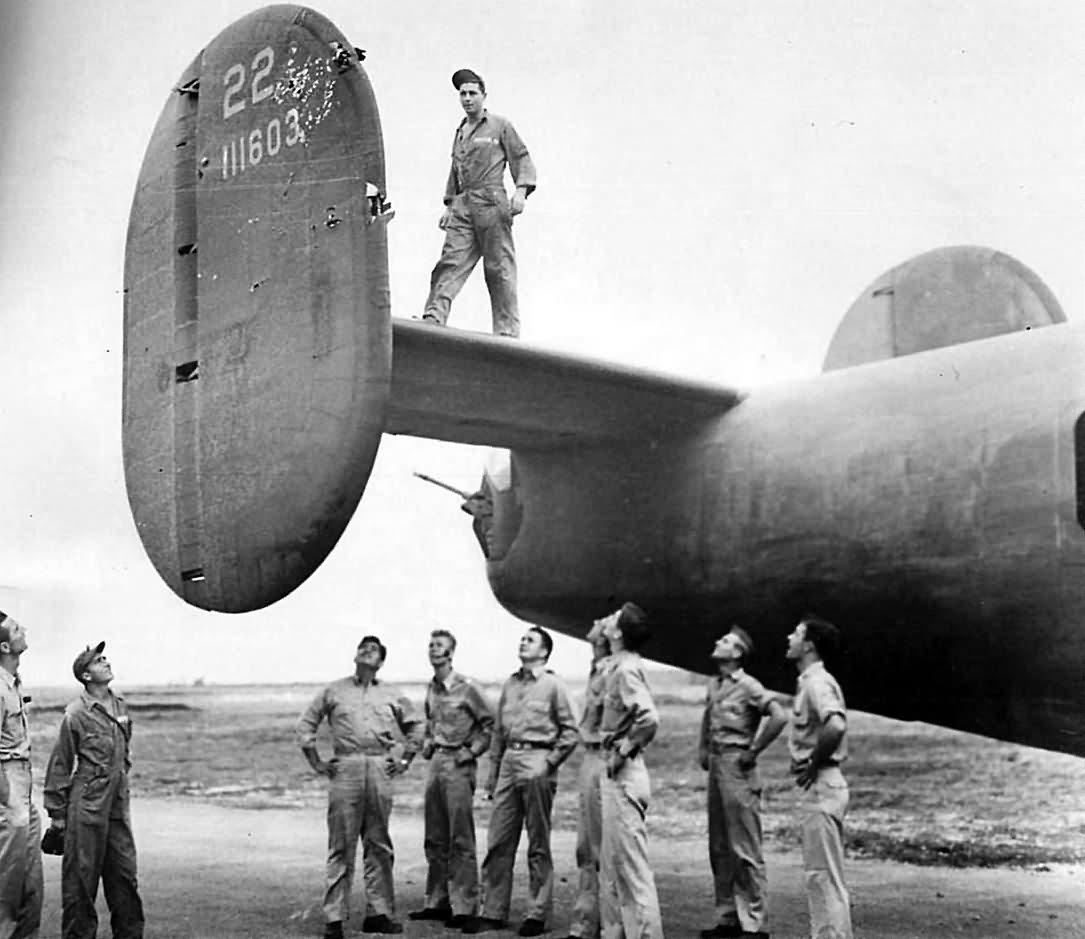The HALPRO Mission: An Impromptu Attack on Ploesti
The HALPRO (Halverson Project) mission was the first American bombing mission against Ploesti, Romania. It was conducted in June 1942 by a small task force of 23 B-24D bombers under the command of Col. Harry Halverson.
- The initial objective of HALPRO was to replicate the Doolittle raid on Japan, but from the opposite direction, flying from Florida to China via Brazil, Africa, and the Middle East.
- Once in China, HALPRO would operate against Japan.
The task force departed the United States on May 22, 1942, bound for Khartoum, Sudan, and subsequently flew to northeast Egypt.
- At this point, a Japanese army offensive threatened HALPRO’s intended bomber base in Chekiang, China.
- As a result, the Army Air Force Planning Division made a last-minute decision to change the mission to a bombing attack on Ploesti.
On the night of June 11, 1942, the mission was launched from Fayid, Egypt. Only 13 of the B-24Ds were serviceable.
- Halverson’s orders to his crews were to fly to Romania and then return to Habbaniyah, Iraq.
- One crew was separated from the group and bombed the Romanian port of Constanta.
- The other 12 Liberators bombed Ploesti in daylight on June 12, 1942, making single approaches to the target at altitudes of 10,000–14,000ft.
The HALPRO bombers dropped 24 tons of bombs. However, cloud cover and navigational challenges prevented any precision in the attack.
- Only six bombs hit near Ploesti, destroying three houses and causing three civilian deaths and three injuries.
- Constanta was hit by 11 bombs. Additionally, several small towns and villages were hit with a few bombs.
- Four B-24s were interned during the HALPRO Ploesti mission on June 12, 1942.
